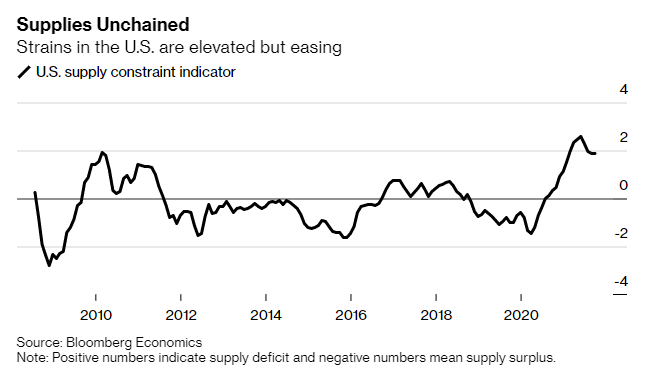
🇺🇸 #FOMC (1) | Statement and other releases were mostly in line with Street expectations, which had been looking for signal to lay groundwork for March liftoff.
https://twitter.com/C_Barraud/status/1486417921203130369
🇺🇸 #FOMC (2) | However, at press conference, #Fed Powell tried his best to send hawkish signals.
https://twitter.com/C_Barraud/status/1486431303209738249
🇺🇸 #FOMC (3) | Powell press conference was clearly more aggressive than the statement, suggesting that he could be more on the hawkish side of the committee.
https://twitter.com/C_Barraud/status/1486602752864272386
🇺🇸 #FOMC (4) | My guess is that #Biden is putting heavy pressure on him as his approval rating is falling like a knife ahead of midterms (mainly because of #inflation). 



🇺🇸 #FOMC (5) | As a reminder, #Biden has been very nervous since several days and was caught on a hot mic appearing to insult the Fox News journalist Peter Doocy after he posed a question about #inflation.
https://twitter.com/FRANCE24/status/1485826529938403328
🇺🇸 #FOMC (6) | I still think that #Biden econ. advisors and most of U.S. econ. have made huge mistakes about #inflation since mid-2020 and still don’t understand the current dynamic.
🇺🇸 #FOMC (7) | As an example, #rents (and also #housing prices) have been a key problem since several months and weren't clearly targeted yesterday.
https://twitter.com/C_Barraud/status/1485167226239991809
🇺🇸 #FOMC (8) | Several inflationary forces also came from fiscal policy mistakes and can’t be solved by hiking short term rates by 125-150bps in 2022. Powell could have been more efficient by focusing on MBS reduction in the balance sheet.
🇺🇸 #FOMC (9) | Fed Fund Futures extend slide with market now pricing almost 5 hikes (of 25bps) by Dec. 2022. The move is affecting all the economy without targeting housing.
https://twitter.com/C_Barraud/status/1486568013839097861
🇺🇸 #FOMC (10) | Treasury curve (5s30s) is now the flattest in almost three years pointing to a recession risk (or at least a sharp slowdown) and implying that long-term rates (the key monetary tool to curb housing) are not fully reacting to Powell move.
https://twitter.com/C_Barraud/status/1486569123798732804
🇺🇸 #FOMC (11) | In a context where real PCE are expected to slow, financial markets have fallen sharply and geopolitical tensions have skyrocketed, Powell move clearly raises the probability of a sharp slowdown in the short term.
🇺🇸 #FOMC (12) | U.S. GDP consensus for 2022 is clearly too optimistic (+3.8%e), be prepared for downward revisions.
https://twitter.com/C_Barraud/status/1486609551008882688
• • •
Missing some Tweet in this thread? You can try to
force a refresh













